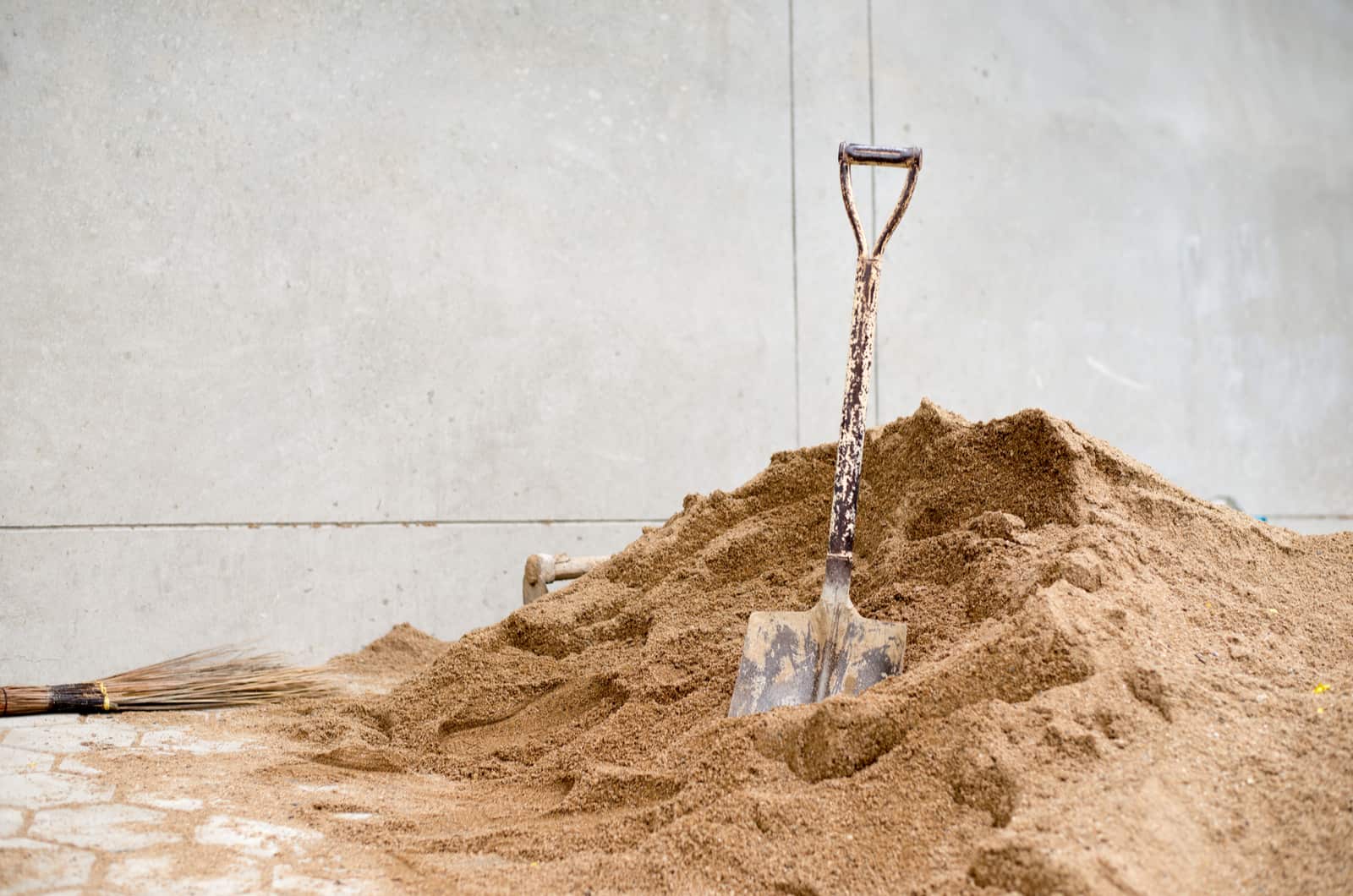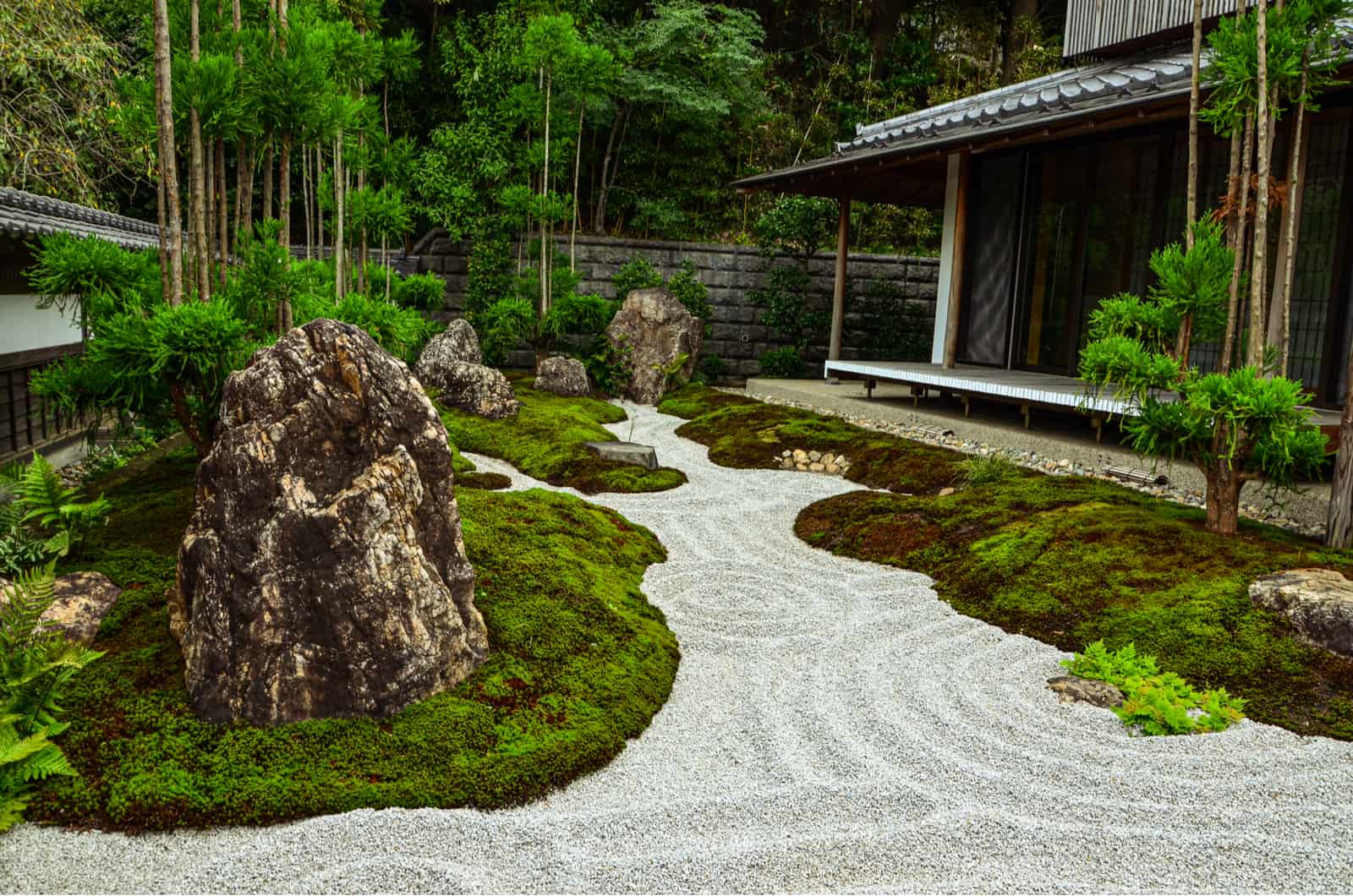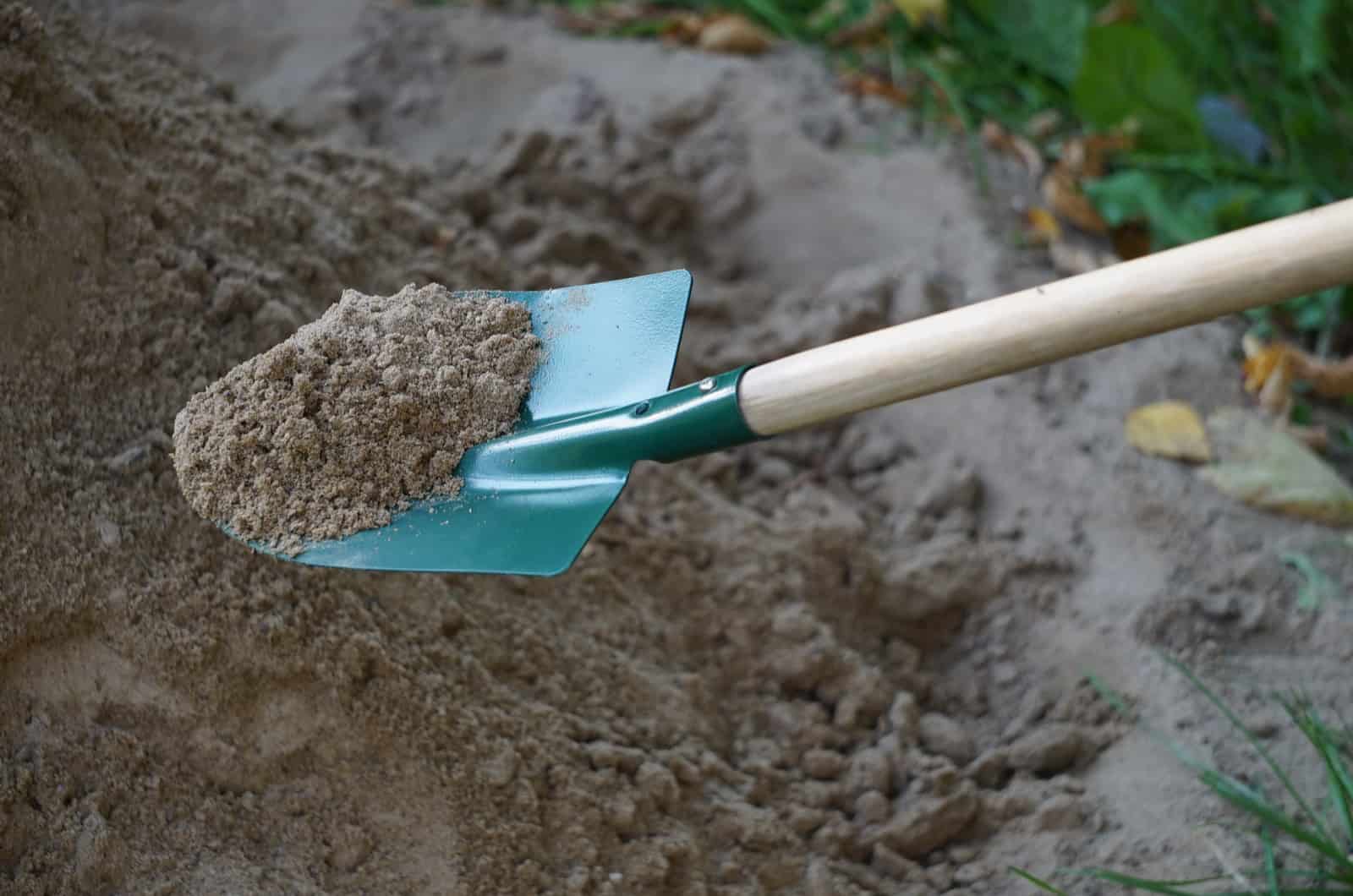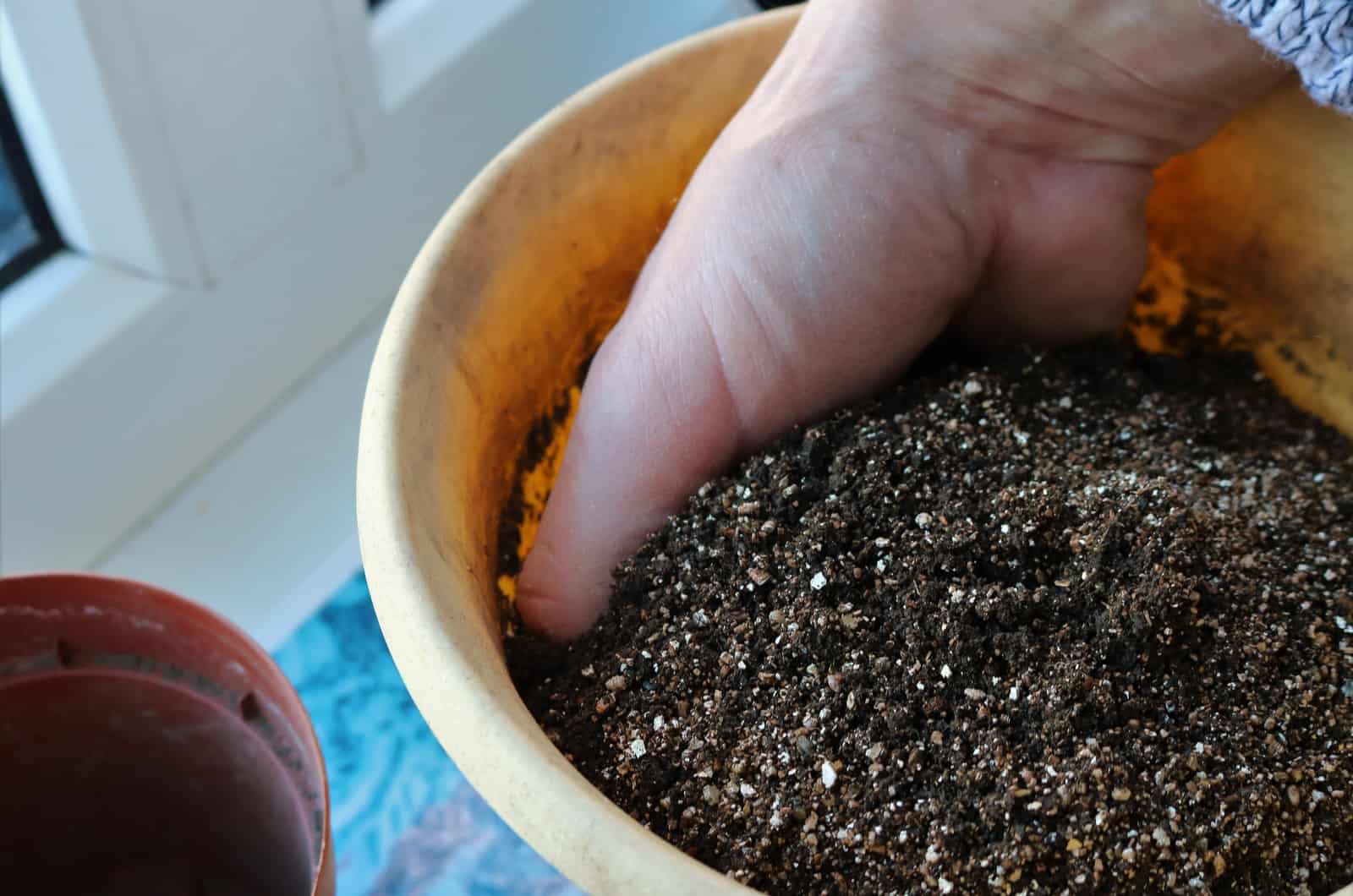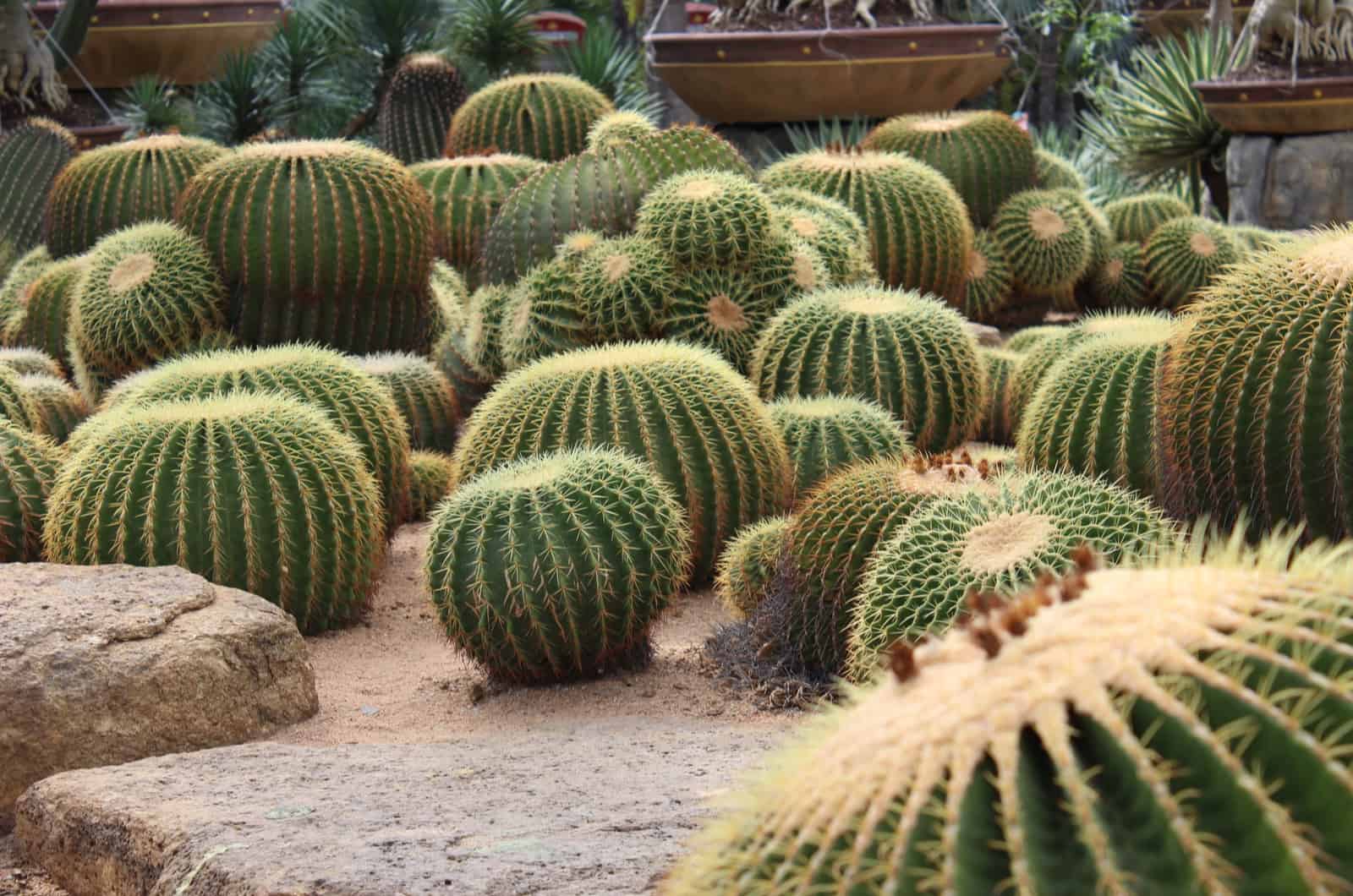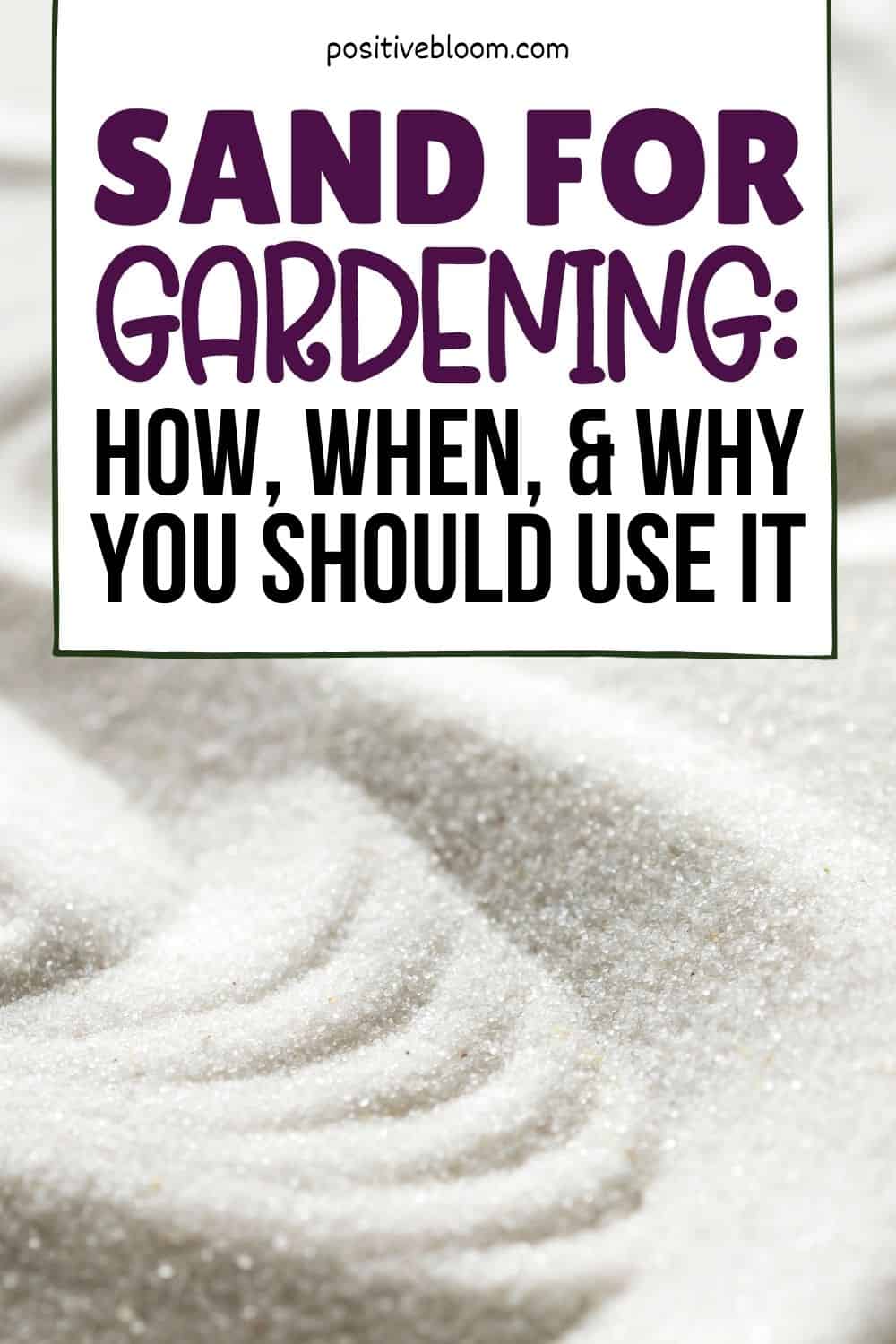We all know that plants need soil, so it might be a little strange that we’re here to talk about sand for gardening. However, there are a few benefits of using sand in your garden, including improving drainage and aeration, and we’ll examine them all in more detail.
This article will also bring you more information about how, when, and why you should use sand in the first place. Sand is not the only material that improves drainage, so we will also introduce some other ways to get the well-draining soil your plants need!
Finally, you will also learn about some plants that prefer sandy soils.
Let’s begin!
Sand For Gardening: What (Not) To Use
Sand is often used in landscaping to fill the empty spaces between pavers, perhaps make a play-ground, or even give your home that beach kind of vibe you always wanted.However, sand can also be used to amend soil and ensure your plants get the good drainage and aeration they need.
Not every type of sand is safe for your plant, so we thought we’d examine some of the most common varieties you should use or avoid when trying to make your clay soil looser.
Horticultural Sand
Horticultural sand is also referred to as sharp sand, quartz sand, or coarse sand. It is the safest option as it’s made primarily for plants. It’s made of crushed sandstone, granite, and quartz, which means it doesn’t contain lime, so you won’t have to worry about it changing the pH level of the soil and affecting your plants.
The edges of this sand are sharp so it doesn’t fill the empty spaces when wet or clump and prevent water from draining that way.
Horticultural sand is often called horticultural grit, even though they’re not exactly the same. You can use horticultural sand and grit interchangeably as the only difference between them is sand particle size.
Builder’s Sand
Horticultural sand can be difficult to find, so the next best thing is builder’s sand. However, you need to be careful about grain size and texture. Go for the coarser options as they have the best draining abilities.
You don’t want to add sand to gardening soil or it will clump and create a cement-like medium in which your plants definitely cannot grow.
Many varieties of sand (including this one) contain silica particles that may become trapped in your lungs and lead to inflammation, scarring, and even cause permanent lung issues that may be fatal. You must always wear a mask when handling any type of sand to keep your lungs safe.
Even though this mineral in the sand is not to be trifled with, silica actually has many health benefits so you shouldn’t avoid food that contains it. Silica encourages healthy skin, hair, and nails, improves the immune system, promotes heart health, and more.
River Sand
River sand is not the worst option for amending soil structure and improving aeration and drainage, but it’s not the best either. You should always go with horticultural or builder’s sand.
However, if you don’t have access to either of these two you can always get some river sand, but never collect it yourself. The fine sand from river beds contains different minerals you will know nothing about, and you don’t know whether it may contain something that may harm your plants or what the percentages of those minerals are.
It can change the composition of the soil and harm your plants, so it’s best to get your sand from a reliable source.
Beach Sand
For all of you who live near beaches, I have some sad news – beach sand doesn’t improve the drainage of heavy clay soils. First of all, it contains so much salt that it would kill your plants in the blink of an eye.
Next, you know how kids always bring their sand kits and make castles on a beach!? Well, it’s for a reason. Beach sand absorbs huge amounts of water, and if you add it to your garden soil your plants will be left out in the dry.
Finally, the particles are so tiny that they cannot provide aeration or drainage once they’re wet as they only clump together, so the plant roots won’t get any water and the plant will eventually die.
Play Sand
Play sand seems like the cheapest (and the most accessible) option, especially if you have a sandbox in your backyard. However, it will only clog the soil and worsen the drainage, just like beach sand.
Therefore, it’s best to stick with the sand types you know work and ensure proper airflow to your plants.
How To Use Sand For Gardening
Adding sand to your garden soil or potting mix is not rocket science; simply add sand to the blend or spread a few inches on the soil and mix it well.
However, you have to be careful about the amount of sand you’re using. If you want to give the heavy soil of your garden bed more drainage, you should work it to the top nine inches (22.5 cm) of the soil and mix it thoroughly.
If you add a small amount, sand and clay particles would only mix and create a cement-like compound. Therefore, to make your garden bed more draining you should add equal amounts of soil and sand.
On the other hand, potted plants don’t need that much, but they do require considerable amounts. When making a mix for most of your houseplants, you should use two parts potting soil and one part sand.
However, there are plants that prefer more drainage and aeration than the rest, and when making a soil mix for them you should mix potting soil and sand in a 1:1 ratio.
When Should You Use Sand For Gardening?
You can add sand to your potting or gardening soil whenever you want, and it doesn’t make any difference whether you do it in spring or fall, morning or evening.
However, plants generally prefer not to be disturbed during dormancy so you should change the soil only during their growing period, which is in spring and summer for most plants.
Why Use Gardening Sand?
Sand has many benefits, such as loosening the soil and improving drainage and aeration. This section contains all those benefits and the great reasons for using sand in your garden or potting soil.Improves Drainage And Aeration
Many plants cannot survive in heavy soils because their roots cannot penetrate it or because the soil retains too much moisture and drowns them.
However, you can improve soil drainage and air circulation by adding sand to your garden beds and pots and ensuring that your plant growth conditions are top-notch.
Improves Lawn Health
Lawns cannot thrive in wet soils, and everyone living in rainy regions and climates tackles this problem differently. However, one thing you can do is puncture some holes in your lawn and fill them with sand.
The grassroots will have enough air circulating and the soil won’t harden and kill your lawn. Don’t add sand if your soil is heavy clay as that will only aggravate things because you’ll need to add large amounts of sand, amounts which simply cannot fit into tiny holes.
Although, you can amend the soil with sand prior to planting and make your own loam soil.
Ideal For Germination And Rooting
Many seeds and cuttings prefer being propagated in soilless mediums, and one of the best options is a blend of sand and compost.
This mixture provides enough airflow and drainage, which makes it an ideal substrate for rooting cuttings and seed germination.
Suitable For Potted Plants
Finally, you can use sand to ensure proper drainage for potted plants. Plants grown in outdoor gardens usually don’t have problems with drainage, or at least not like potted plants do.
Thankfully, you can get proper soil for your indoor plants at your local garden center, but you can always make your own. Just use garden soil and mix it with sand to make it more draining, and that’s it!
Other Ways Of Improving Drainage
Sand is the best option for improving drainage, but we have more gardening tips for getting to that loose loam-soil texture and drainage.Adding vermiculite and perlite to potting soil is one of the most common ways of ensuring that the soil has good drainage.
The growing substrate often needs additional nutrients and organic matter, even though it mostly depends on the type of soil. (For instance, loam soil is fertile and doesn’t need many additional nutrients).
Understanding how long it takes to make compost, as well as how to make it in the first place, can come in really handy as you’ll have an infinite supply of organic material. Compost also improves drainage, so you’ll be killing two birds with one stone.
There are many other ingredients you can add to make the planting substrate well-draining, such as orchid and tree bark, coco coir, crushed gravel, etc. You just have to research your plant’s needs and see what works best.
How To Improve Water Retention
Most plants prefer well-draining soils, but they still need moisture to function properly so you should also add some ingredients that retain water, such as peat moss.
This material absorbs water and releases it whenever the plant needs it, so you won’t have to be afraid of over or under-watering.
Another thing that can help you with your outdoor plants is mulching the topsoil. You can research and try different mulch types to see what works best for your garden. You can examine the advantages and disadvantages of wood chips and mulch, the pros and cons of grass clippings and straw, etc.
Adding organic content also aids water retention, so working some compost into the soil serves the double purpose of improving drainage and water retention.
You should also remove weeds as they use lots of soil moisture for their growth. You can get rid of them manually, mulch the plants to prevent them from growing, or spray them with herbicides in the worst-case scenario.
What Plants Prefer Sandy Soils?
We already know that succulent and cactus plants adore well-draining soils, so adding sand to their pot is more than welcome.However, you’d be surprised how many other plants love good drainage and sand in their growing medium. Lavender is one of those flowers, and it’s relatively easy to grow because you don’t have to water it all the time, but you should still research lavender’s life cycle before planting it because it does require some care.
Sandy soil is an ideal substrate for larkspur, salvia, Russian sage, hosta, and phlox, but there are also some veggies that don’t mind it. Vegetables such as asparagus, tomatoes, corn, zucchini, and carrots thrive in well-draining soils, so adding some compost and sand can bring you a bountiful harvest.
Wrapping Up
In this article, we examined some of the most common varieties of sand for gardening that you can or shouldn’t use.
Not every sand is the same, and whereas you can safely use builder sand to improve drainage and aeration for your potted plants and garden beds, you should steer away from beach sand (which is packed with salt) and play sand (which can turn your garden into a construction site).
Now you know the reasons for using sand in the first place, as well as a tip or two on how to use it! Not all soil and plant types require the same amount of sand – heavy soils, for instance, need much more sand in order to take effect.
Furthermore, plants cannot survive without water, and they usually need something to hold that moisture in, not just sand to drain it.
Therefore, you should add some compost or peat moss to help with moisture retention and maintain healthy conditions.
Finally, some plants prefer sandy soils more than others, and we brought a few varieties you can try growing as they don’t need much care.
Good luck and until next time!
Like this post? Share or pin it for later!

